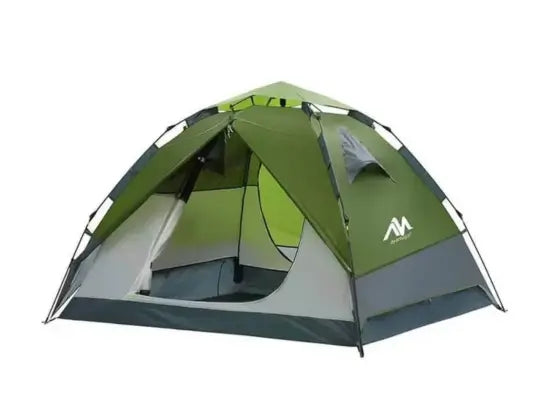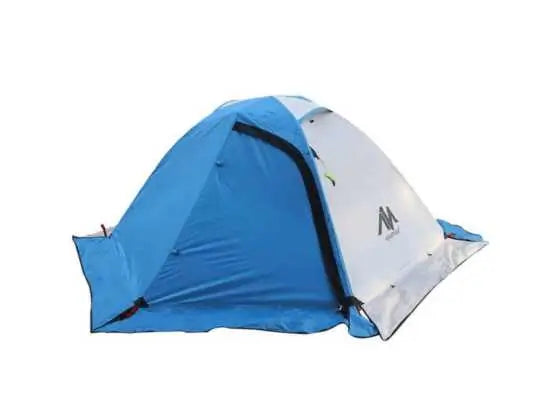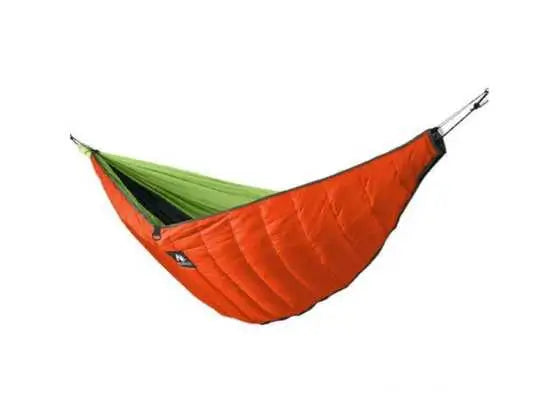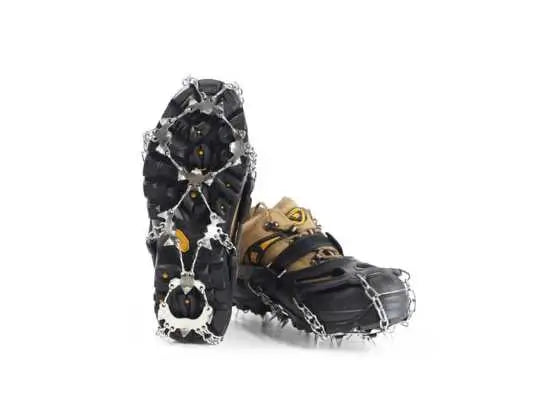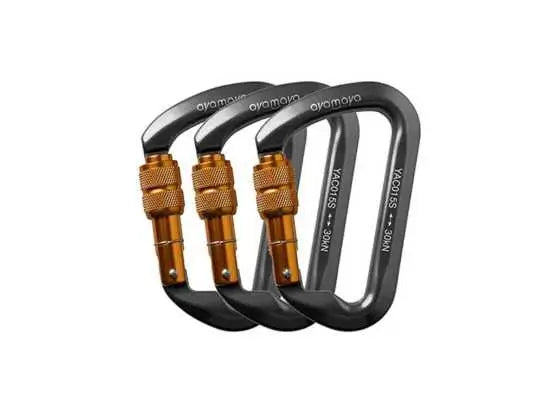There is a famous saying that the world is a book and those who do not travel read only one page. But nowadays travelers have been replaced by adventurers. A lot of people seek the wilderness and want to enjoy all aspects of nature. Summer camping has now become a habit for many. The adventurers are now going ‘winter camping,’ which gives them an adrenaline rush, thinking of freezing temperatures, snow mountains, and freezing water.
Winter Camping might bring thoughts of warm campfire and hot coffee in a heated tent, but it is a lot more than that. If you want to experience winter camping, you need to be ready to face the other side of nature. The camping trip might become a fantastic experience or a nightmare, depending on your preparation. By preparation, it does not mean spending massive amounts on each trip. Instead, it involves paying a reasonable price on being equipped with the right props for your winter camping experiences. Here are a few essential points that you should keep in mind to stay cozy in cold winter camping.

Stay Dry
Firstly, try to stay dry. Remember what you read in school about water being a good conductor of heat. As a result, wet clothes lower the temperature of the body quickly. It also holds for garments that have become damp with sweat. So, any wet clothes are a strict no-no in winter camping. Avoid cotton clothes as they become too cold when wet and take a long time to dry. Wool and polypropylene are the correct choice of material for winter wear in camps. Wet feet cause painful frozen feet. So, replace your regular sports shoes with waterproof gaiters, boots, and snowshoes. Do not wear tight boots.
It is equally important to stay dry when you go to sleep. So, change into a fresh set of clothes before you head to sleep. Avoid wearing too bulky clothes while sleeping as they might cause compression of insulation or overheating. Carry an extra set of clothes and winter gear to have plenty in stock at the time of need. If rain is probable, then be prepared for it with a waterproof backpack rain cover, rain poncho, and watertight containers. Try to limit your exposure to water, wind, and cold.

Stay Warm
The thumb rule for winter camping or any winter outing is dressing up in layers. You need to wear a set of thermal underwear or an inner layer of clothing of any material that wicks moisture. Polypropylene is considered a good option for this the inner layer. The second layer should be a fleece jacket, down jacket, or a woolen sweater. The third layer should be a weatherproof shell jacket equipped to deal with snow, wind, and rain. Always remember it is easy to stay warm, but it is difficult to get warm once you catch the chill. Add a layer before you pick the cold and deduct a layer before you start sweating. Even your hands should have double layers, liner gloves, and mittens or thicker gloves. The same is the case for socks. Wearing a pair of thin socks and then a couple of thick woolen socks will keep your feet protected from frostbites. You should be able to work wearing these in your hands. For your head, wear warm hats, neck warmers, winter trapper hat, or simple winter hats with a balaclava and neck gaiter, whichever way you are comfortable.
You know you could burn around 4000 calories on an outdoor winter camping day. So, it is essential to eat properly. Also, dehydration could make you feel cold, cranky, and invites frostbites. So, keep yourself hydrated and refueled during the entire span of winter camping. Store water in an insulated bottle to prevent it from freezing and eat high-calorie food that is a mix of carbohydrates, protein, and fat. Ready made prepackaged meals that need to add hot water to it are a great option. You also need to have a cooking station where you can prepare warm drinks for keeping yourself hydrated and quick meals to keep you going. Use gas power camping stoves. Avoid canister stoves that work on propane as they don’t work correctly. Don’t use stoves inside the tent or directly on the snow. Look for a solid place where you can safely use it.

Bank On Sleeping Gears
If you are off for winter camping, then you need to have a warm place to sleep at night. Unless you are going to sleep in a car, a tent is a must. Invest in a good quality comfortable Camping tent. When you put up a tent, you need to first level the ground by stomping using your shoes and skis. Choose a safe place and stomp an area almost double your tent size. Now, wait for some time for it to sinter before you put up a tent. If you have any plans to sleep in your car, then you need to make proper arrangements too to combat the harsh cold.
Once your tent is put up, next is your sleeping pad and sleeping bag. Lay down your sleeping pad and open your sleeping bag. It is done to give it time to decompress and adjust. Choose a down-filled sleeping bag that can endure low temperatures. You could also carry two sleeping pads with you, one inflated, and one foam pad. Sleeping bag liners are also an option. After all, you need a good night’s sleep after a long hectic outdoor day. Nothing could be worse than shivering through the night on a winter camping trip full of physical activities. So, do not forget to use a sleeping pad even if you are opting for a sleeping bag liner. Sleeping pads help to work as a barrier between your sleeping bag and the cold ground below. Before going to sleep, you should change into a fresh set of dry clothes and socks. Do not breathe inside the sleeping bag as it can make moist compromising insulation after some time. Every morning during the trip, you should air out your sleeping bag to let it dry completely.
There are a few more small but essential things that should be within your reach at night. First is the headlamp. Then, you should also keep a urination bottle to avoid venturing out in the cold night. You could also stock high energy snacks like fig bars and nuts near you. Your boots should be kept out of the tent in a plastic bag. Make sure to keep all other wet or damp things away from the sleeping bag. The vapor condenses on the canvas, so do not place the sleeping bag near the sides of the tent.
Before going to bed, eat high fat dinner, sip on a warm drink, and go for a short walk, doing some jumping jacks, or any other physical activity to keep your body warm. Be careful not to overdo things and start sweating. Similarly, when you get up in the morning, move in your sleeping bag for a couple of minutes to warm up. You can then get up and head towards an exciting, fun-filled day in the cold weather.

Safety Tips for Winter Camping
Here are a few handy tips for a safe winter camping trip:
- Test all your equipment, especially tents, sleeping bags, and pads before you head to any camping trip.
- Avoid keeping food items in the tent as they might invite local animals. Instead, keep them zipped in a Ziploc bag.
- A Change of clothes before going to sleep in the sleeping bag and after you get up is a must so that you don’t catch a cold due to sweat.
- Don’t hesitate to eat the extra carbs and fat as it is necessary during the harsh weather. Balance it with activities like hiking, walking, sport, etc. Physical activity plays a significant part in keeping you warm.
- Get to know about frostbites, hypothermia, and other health issues related to extreme temperature before you go for any outdoor adventure in the cold.
- When you are winter camping in a group, work as a team. Keep a watch on each other and function together.
- Handle stove fuels carefully. If the fuel spills on your ski in the freezing temperature, it will evaporate instantly, causing frostbites. In this situation, get medical attention.
- Carry a first aid kit and a safety bag with all small things that might be needed in case of an emergency.
A good experience starts with careful preparation. If you do not prepare adequately, your winter adventure may turn into a nightmare, with cold shivering nights and chilly days. Remember, you should stay dry, warm, hydrated, and energized. Once you are fully equipped, you are ready to take off to the wilderness where a completely different world is waiting for you covered in snow. You never know that your adventure winter camping trip might take you unbelievably close to the charm and natural beauty of winter.

